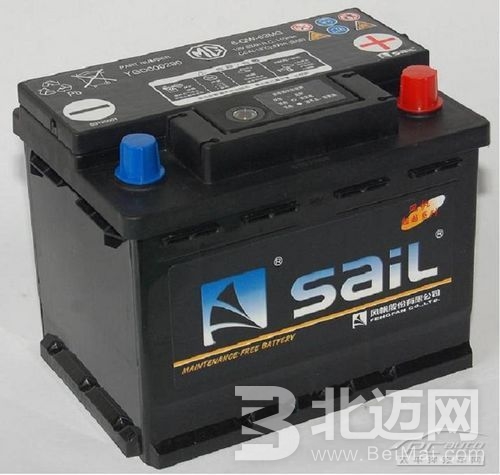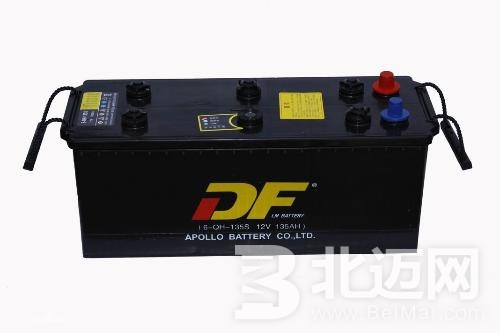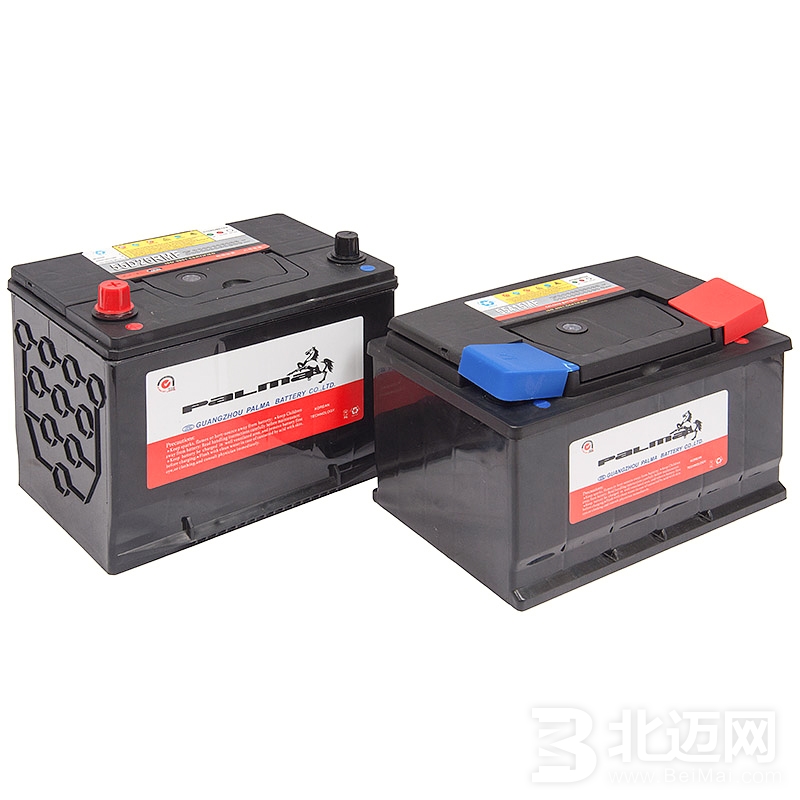Car batteries also need to be charged. When the car battery is used for a period of time, the car owners need to periodically charge the car battery. How to charge the car battery? Here are some of the car owners who have sorted out about the car. Some methods of charging the battery are also a reference for the novice drivers, so that the riders can quickly charge their cars without affecting the driving of the vehicle.

New battery charging method for automobiles
Connect the positive pole of the battery to the positive pole of the power supply
The initial charging is carried out in two stages: first, the first charging current is charged to the electrolyte to release bubbles, and the single cell voltage rises to 2.3-2.4V.
Then, the current is reduced to 1/2 initial charging current, and the charging is continued to the electrolyte to release a vigorous bubble, which is stable for 3 consecutive hours. The total charging time is about 45-65h.
The temperature is controlled at 35-40 ° C. When the initial charge is completed, if the specific gravity of the electrolyte is not specified, the distilled water or the electrolyte with a specific gravity of 1.4 is used for adjustment. After adjustment, recharge for 2 hours until the specific gravity meets the requirements.
After the new battery is recharged, the capacity is often not reached, and the discharge cycle should be performed. Discharge at a discharge rate of 20h (ie, discharge with a current of 1/20 of rated capacity until the voltage of the cell drops to 1.75V), and then replenish the charging current until sufficient. After a charge and discharge cycle, if the capacity is still lower than the rated capacity 90%, should be charged and discharged again.
Pay attention to how to judge whether the new car battery is fully charged, and judge the new battery charging trilogy:
(1) If the electrolyte "boils" and bubbles appear at the same time, it indicates that charging is complete.
(2) Measure the voltage value of the single cell. If the voltage does not fluctuate within 3 seconds, it will reach 2.7V, indicating that the charging is completed.
(3) Measure the relative density of the electrolyte. If the density does not fluctuate within 3 hours, the value is reached, indicating that the charging is completed.

Regular recharging of the car battery in use
Proceed as follows:
(1) First adjust the liquid level of the battery to the specified height with distilled water or special replenisher for the battery.
(2) Connect the batteries to be charged according to the rated voltage and rated current of the charging device before charging. The total voltage of the battery connected in series cannot be greater than the rated voltage of the charging device.
(3) The charging current for constant current charging is selected according to the capacity of the battery. Constant current charging is performed in two stages.
The charging current of phase one is one tenth of the rated capacity of the battery, and the charging current of phase two is one-twentieth of the rated capacity of the battery.
(4) After the battery is fully charged, check the density of the electrolyte of the battery. If the electrolyte density does not meet the requirements, the electrolyte in the original cell may be first discharged; if the original density is too small, a concentrated electrolyte of relative density may be added; if the original density is too large, it may be diluted with distilled water. The adjusted liquid level should be in accordance with the regulations.
In addition to fast charging, there is also a kind of slow charging, charging time is 10-15 hours, those who are deeply deficient in the battery must be slowly charged, otherwise the charging time is not enough, the amount of charging is insufficient, it will directly affect the driving performance of the car. Although charging is a fairly simple operation, there are some caveats:
Wear protective clothing when charging lead-acid batteries;
When charging, there should be no sparks near the car battery, and smoking is prohibited;
When charging one or more of the car batteries in parallel, the charger voltage should not exceed 16v.

Adhesive door frame edges need to be selected according to the material, generally you can use instant glue, slow-dry glue, nail-free glue, UV shadowless glue, swelling glue, etc.
When repairing viscose, to avoid applying glue on a large area, you only need to divide the door frame into four equal parts, and point five points. The two ends and the middle must be glued, and then installed Go back and hold it for a few minutes, and after letting go, the door frame edge will not fall off.
Different glues have different effects, and you should choose and use them according to the material and specific conditions of the door frame edge.
The most convenient way is to use instant glue. After the glue is applied, it can stick together immediately, and the effect is relatively good. The effect is very good for metal and plastic parts. But this kind of glue is easier to paint, and it is easy to have white edges around it after a long time.
The filling effect of slow-drying glue is good, and it will not cause white fog, and at the same time, it will not appear embrittlement. The longer it is used, the better the adhesion will be, but the drying will be slower.
In the case of sticking wooden doors, you can use nail-free glue. Before using, clean the surface to ensure that the surface is free of oil and dust, and then use a sealing gun to squeeze out the glue.
UV shadowless glue belongs to two kinds of bonding. It is only effective if it is a transparent part. The bonding strength is also relatively good, and it dries quickly. After this glue is irradiated by ultraviolet rays, the reaction will be strong and the efficiency is very high. .

Door Frame Cover,High Strength Hot Glue,Hot Melt Pellets,Industrial Hot Glue
GUANGZHOU INTERNET WOOD GLUE MANUFACTURER CO. LTD. , https://www.hotmeltadhesiveiwg.com
![<?echo $_SERVER['SERVER_NAME'];?>](/template/twentyseventeen/skin/images/header.jpg)